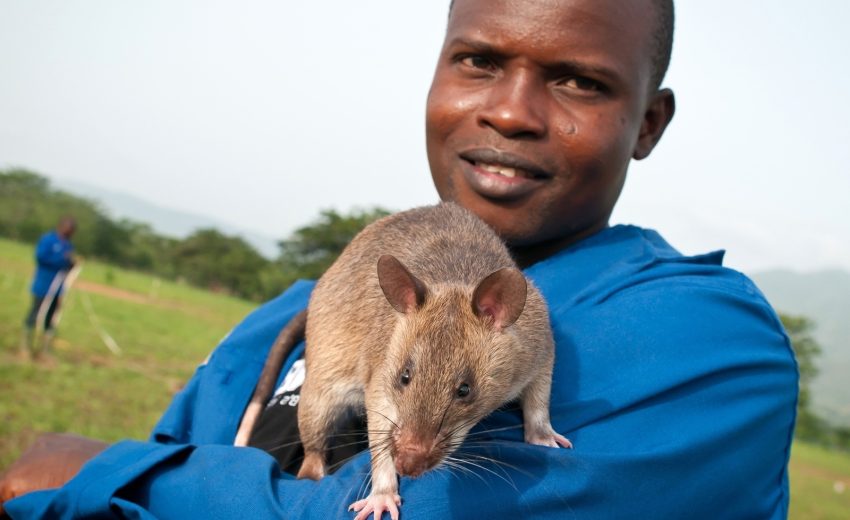The Gambian pouched rat, aka African giant pouched rat, is considered the largest known rat species in the world. These giants hail from Sub-Saharan Africa; from Angola to Mozambique
- Zoology
- Daily Critter Facts
- For Teachers
- Study Guides
- Animal Diseases & Parasites
- Contact

